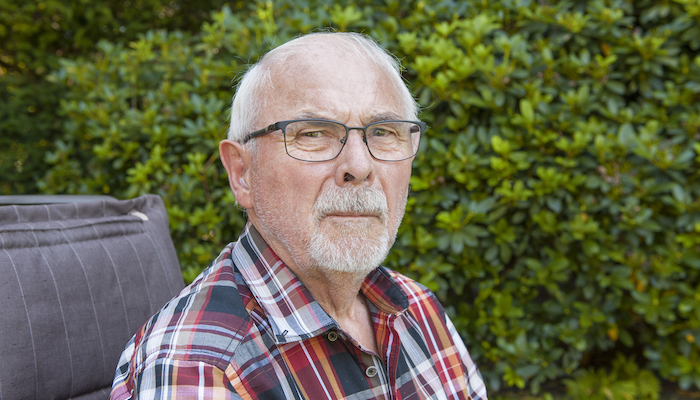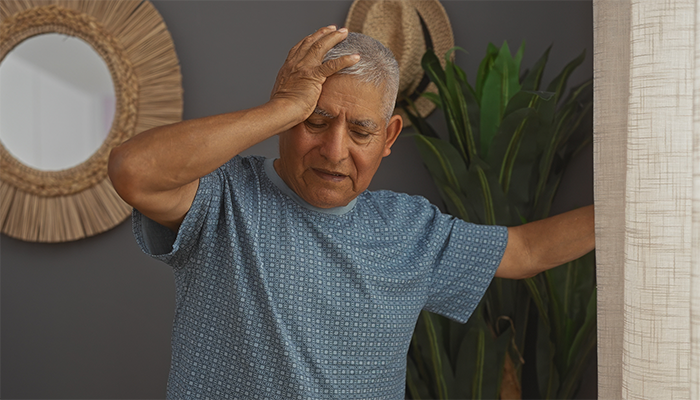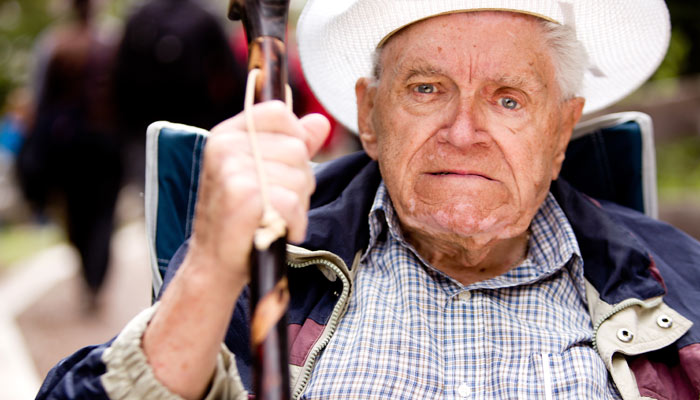It’s not easy to lose abilities and admit you need help. The reluctant elder in your life is more likely to ease into acceptance if you listen respectfully and offer compassion and a commitment to working together. Today, we look at elders’ concerns around privacy and pride.
Privacy. Having someone underfoot can feel intrusive, especially if your relative is used to living alone. Perhaps they fear being judged or that word of unhealthy food choices or alcohol use may get back to the family. Maybe your relative tends toward hoarding and is embarrassed. Or has worries about safety with a stranger or the risk of theft. All of these are reasonable concerns for any adult who values their independence. You can address privacy concerns by
- starting with part-time help
- hiring a friend
- working with an agency that does background checks and drug testing
Pride. “Do you think I need a babysitter?!” Our culture places high value on self-reliance. Anything that implies a need for help suggests weakness or incompetence. When you approach your relative,
- shift from “we think you need help” to “we want to help you stay in charge of your life.” Working with your relative toward a common goal is a welcome and respectful approach.
- clarify what type of care is needed. For instance, a nurse to dress a wound is different from someone who cooks and cleans.
- start with a short-term arrangement framed as “while you recover” or “just to see how it goes.” Then consider a more permanent arrangement.
- talk about getting help as a way to liberate your loved one’s energy to do other activities they really enjoy.
- emphasize your relative’s other abilities. If Mom can no longer do housekeeping, make sure to praise her often about her cooking talents.
Would a little coaching help?
At Compassionate Community Care, we understand what a delicate line you have to walk— respecting a relative’s concern while at the same time addressing real issues of health and safety. As the San Francisco experts in family caregiving, we can help you grapple with your own frustrations and find the balance you need to take the next step with your loved one. Give us a call at (415) 921-5038.










